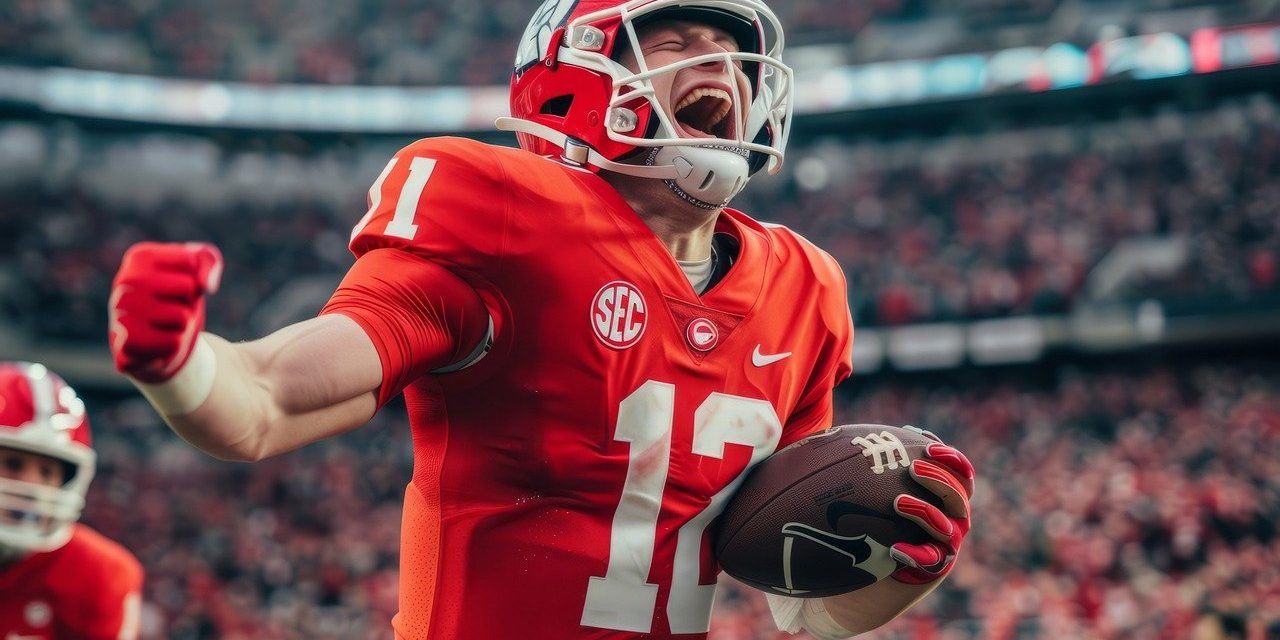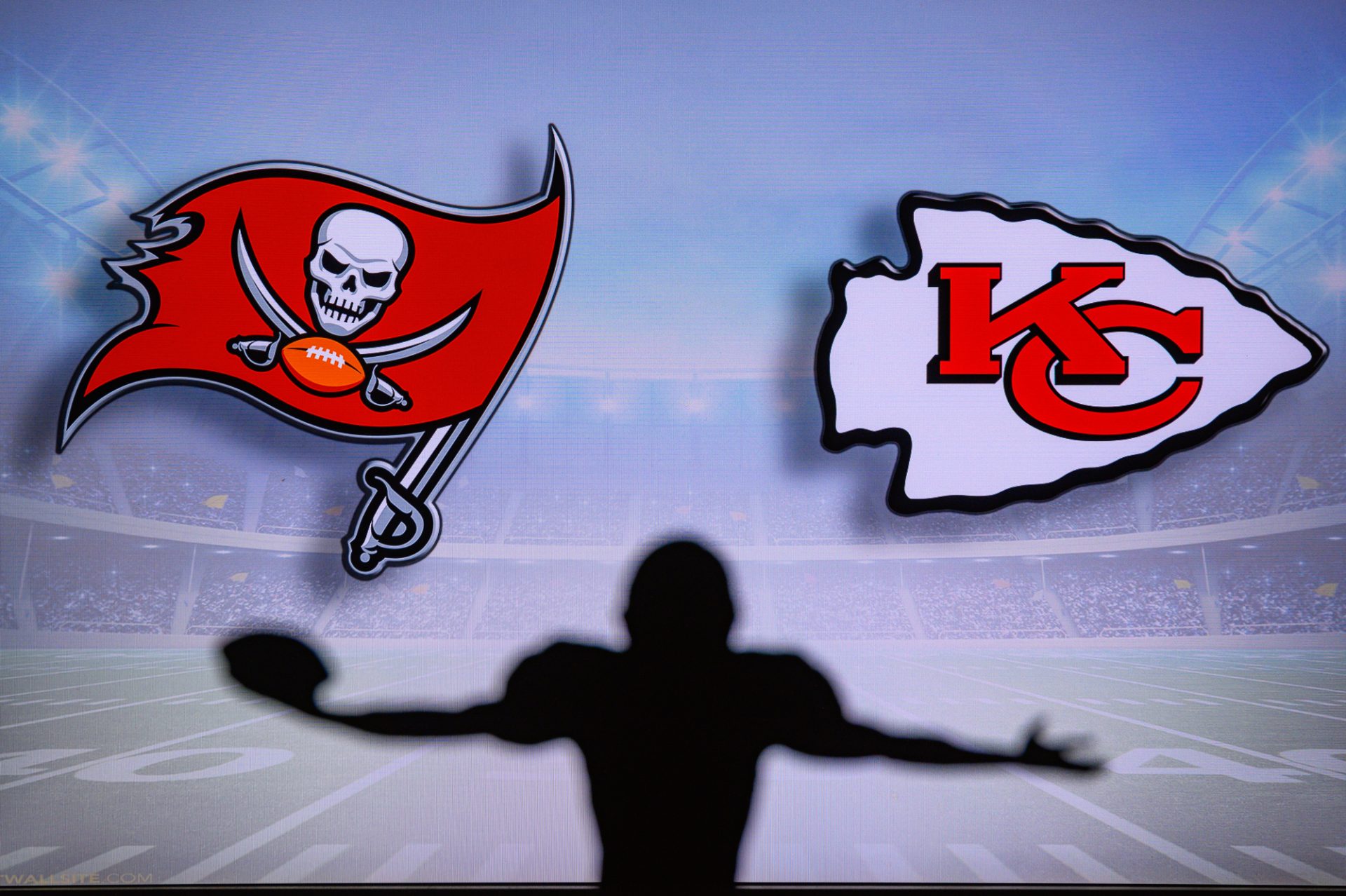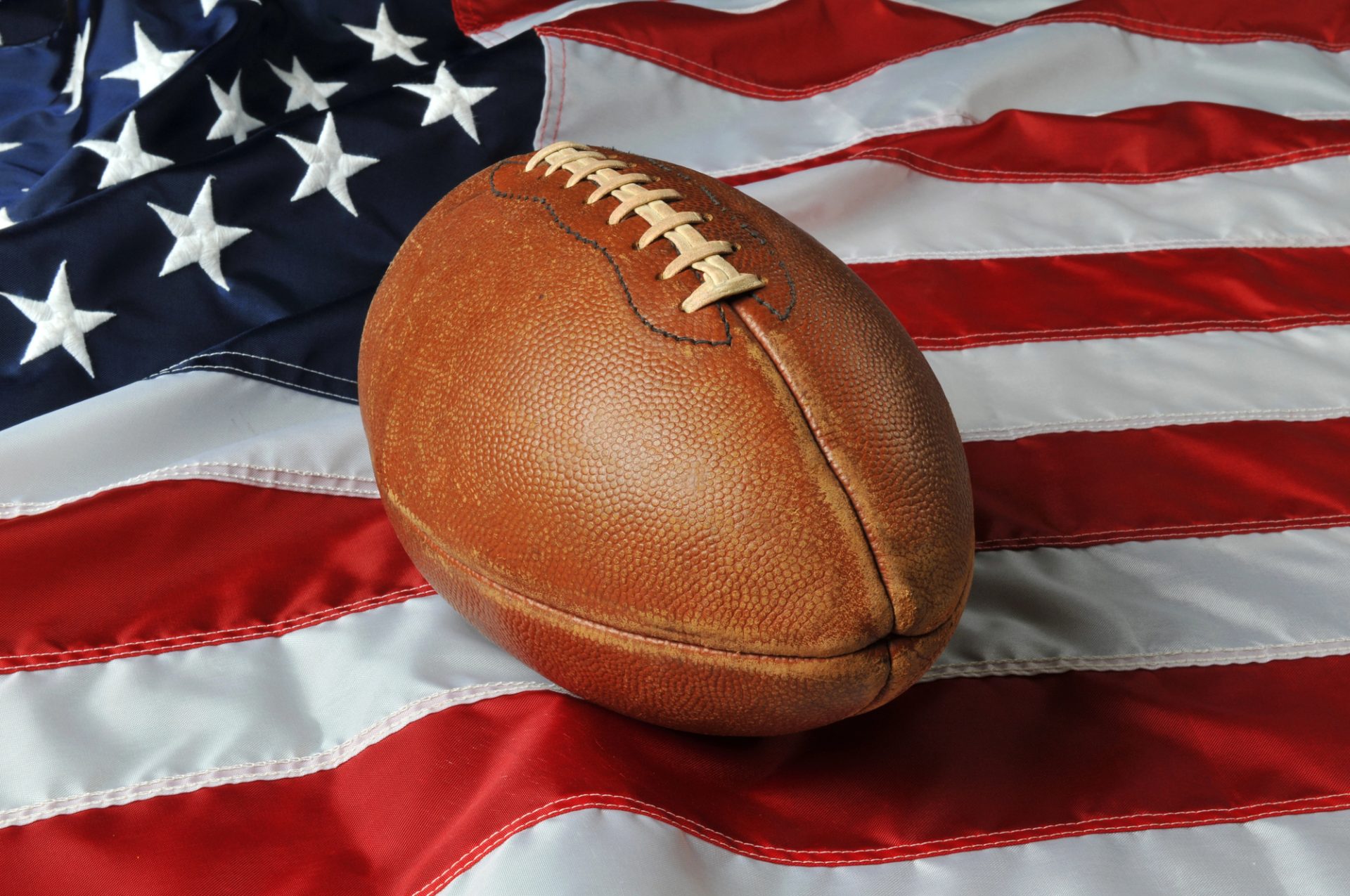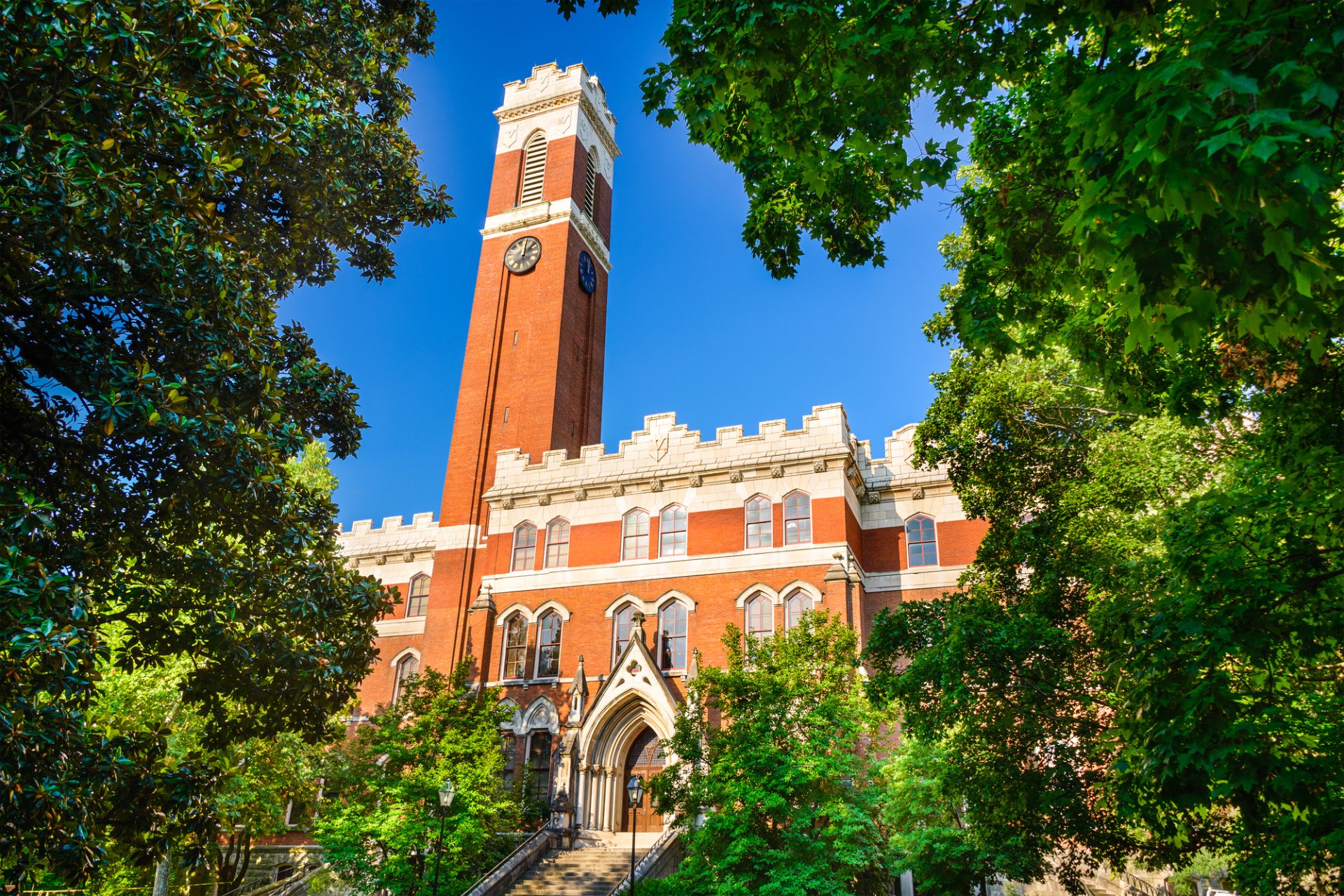Why is College Football So Big in America? Unpacking the Cultural Obsession


Table of Contents
College football in America transcends a mere pastime. In towns and cities across the nation, the sport has an immense following, with stadiums regularly filled to capacity by fervent fans. This popularity is deeply rooted in the fabric of American culture, where the sport serves as a symbol of community pride and a source of local unity particularly in regions without professional teams. The historical significance of college football also contributes to its stature. Over time, the sport has grown into a tradition that brings alumni and fans together in a shared experience, fostering a sense of belonging and loyalty that extends far beyond the campus grounds.
The economic influence of college football cannot be overlooked, as it generates considerable revenue for universities through ticket sales, merchandise, broadcasting rights, and sponsorships. This financial infusion supports not only the athletic departments but also often benefits the educational institutions as a whole. Moreover, the sport acts as a talent development pipeline, showcasing student-athletes who may go on to compete professionally. College football also provides a platform for players to develop skills and gain visibility, which in turn fuels fan engagement and enhances the college experience.
Key Takeaways
- College football is a major part of American culture, fostering community pride and unity.
- The sport’s historical roots have cultivated deep traditions that strengthen fan loyalty and engagement.
- It serves as an economic driver for universities and a critical talent development pipeline for professional sports leagues.
Historical Significance
College football’s growth reflects its deep roots in American tradition and its evolution alongside the nation’s history.
Evolution of College Football
The history of college football in the United States begins in 1869, with Rutgers and Princeton playing the first intercollegiate game. Over the following decades, the sport experienced significant changes in rules and organization. In its early years, the lack of standardized rules often led to confusion and rough play. But as the popularity of college football swelled, so did calls for a more regulated and cohesive approach. Critical reforms in the early 20th century aided in the development of the modern game, solidifying football’s status within the collegiate arena.
Rivalries and Traditions
Rivalries are fundamental to the fabric of college football, dating back over a century. Games between seasoned opponents became annual spectacles, drawing thousands of supporters. These contests came to represent much more than a game, often embodying state pride or longstanding social and cultural bonds. Evocative traditions further deepened these rivalries: particular fight songs, mascots, and game-day customs became integral components of the college football experience, binding fans and communities to their teams in profound ways.
Cultural Impact
College football’s influence on American society extends well beyond the playing field, weaving itself into the fabric of community identity and social interaction.
Regional Pride
In various regions across the United States, college football acts as a focal point of community pride and spirit. States without professional teams, like Alabama and Nebraska, often transfer their sporting loyalties to college football, with intense support for their local universities. The sport serves as a symbol of local heritage, with schools carrying generational legacies that instill a profound sense of loyalty in their supporters:
- Historical Rivalries: Teams’ and fans’ passion is often visible during long-standing rivalries that can define a season.
- Regional Representation: College teams represent their areas on a national stage, reinforcing regional identities.
Social Aspects
The social impact of college football encompasses both game-day traditions and year-round community engagement. Saturdays in the fall become significant social events, bringing together students, alumni, and fans in a shared experience that forges powerful bonds:
- Tailgating: Pre-game gatherings are almost as important as the game itself, with food, festivities, and camaraderie.
- Alumni Involvement: Many universities see increased interaction with alumni during football season, which often translates into financial support.
Through these methods, college football creates a cohesive social framework that underscores its significance in America.
Economic Influence
The financial success of college football is evident in local economies and media agreements. This sport significantly contributes to local businesses and academic institutions through various streams of income that include ticket sales, merchandise, and media rights.
College Town Economies
College football has a substantial effect on the economies of towns and cities hosting these educational institutions. During game days, local businesses such as hotels, restaurants, and retail stores see a spike in revenue due to the inflow of fans, alumni, and visitors attending the games. The presence of a successful college football team can act as a significant economic driver for these communities, contributing to local development and prosperity.
| Economic Aspect | Description |
|---|---|
| Accommodation | Hotels and motels often reach full capacity on weekends when games are played. |
| Food Services | Restaurants experience increased patronage from fans before and after games. |
| Retail | Apparel shops report higher sales of team merchandise. |
| Local Infrastructure | Transportation and parking services see greater usage on game days. |
Media Deals and Merchandising
The revenue generated from media deals is a major contributor to college football’s economic impact. Broadcast rights for games can fetch millions of dollars, benefitting conferences and schools directly. Merchandising also plays a critical role, with fans purchasing everything from jerseys to bumper stickers, showcasing their support and bringing in sizable funds for the universities. Licensing agreements allow schools to profit from branded merchandise sold both on and off campus.
| Revenue Source | Description |
|---|---|
| Broadcast Rights | Networks pay substantial fees to air college football games. |
| Merchandise Sales | Sale of team branded goods contributes to overall revenue. |
| Licensing Agreements | Universities earn royalties from officially licensed products. |
Talent Development Pipeline
The college football system in the United States acts as a crucial juncture for athletes aspiring to enter professional leagues, and coaching staff play a significant role in enhancing a player’s abilities and readiness for the next level.
Path to Professional Leagues
College football provides a structured environment for athletes to showcase and refine their skills in preparation for professional play. Data indicated that in a recent year, approximately 73 underclassmen players declared for the NFL draft, with over 70% being drafted. This indicates the significance of college football as a stage for talent recognition by professional leagues. Prospects gain visibility through college-level play, which is often meticulously scouted by professional teams.
Coaching Influence
Individual progress and team success in college football are heavily influenced by the quality of coaching. Effective coaches not only develop the athletic skills of their players but also instill strategies and work ethics that are essential at the professional level. For instance, programs such as the Iowa Hawkeyes, Utah Utes, and Wisconsin Badgers are recognized for their ability to elevate less-heralded recruits into notable talents. Coaches in these programs provide a framework for players to grow beyond their initial capabilities, preparing them for the demands of professional leagues.
Fan Engagement
The level of fan participation in college football significantly influences the sport’s significance in America. Fans are not just passive spectators but become part of the game-day experience through active traditions and sustained affinity to their alma mater.
Tailgating Culture
Tailgating, the pre-game ritual where fans gather to socialize and celebrate, is a bedrock of college football culture. Participants set up in parking lots, equipped with grills, games, and team paraphernalia, to enjoy food and camaraderie hours before kickoff.
- Food: A variety from barbecue ribs to homemade dips.
- Atmosphere: Festive, with music and team chants.
- Tradition: Passes down through generations of fans.
Alumni Loyalty
Alumni play a crucial role in energizing fan bases and maintaining a connection with the institution. Years after graduation, former students often remain closely tied to their university’s football team, signifying a lifelong commitment.
- Attendance: Consistent presence at games.
- Donations: Financial support for athletic programs.
- Events: Alumni gatherings reinforce community ties.





